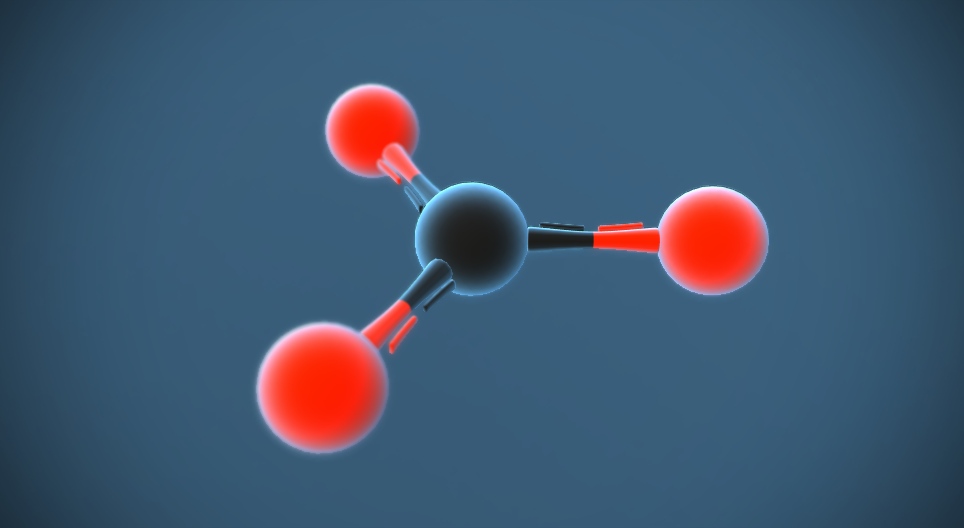
Alkalinity
Alkalinity refers to the water’s capacity to neutralize acid (H⁺). While pH indicates the current chemical condition of a solution, alkalinity represents how well that solution can resist changes in pH when acid is introduced. For this reason, alkalinity is often described as buffering capacity.
The primary contributors to alkalinity are bicarbonate ions (HCO₃⁻), hydroxide ions (OH⁻), and carbonate ions (CO₃²⁻). However, since hydroxide and carbonate ions typically exist only in environments with a pH above 10, it is the bicarbonate ion that predominantly determines alkalinity under normal conditions. Alkalinity is closely related to hardness, and to facilitate comparison, its unit is commonly expressed in the same format as hardness: ppm as CaCO₃.
A common misconception is that alkalinity is the opposite of pH. This is incorrect. pH is a measure of the solution’s current state, while alkalinity quantifies its resistance to acidification. A solution can have a high pH but low alkalinity, indicating that although it is currently basic, it offers virtually no protection against incoming acids—any acid introduced will cause the pH to plummet. Conversely, a solution with modest pH but high alkalinity can maintain its pH more stably even in the presence of acid, thanks to its stronger buffering action.
The mechanism by which bicarbonate ions defend against acid is a neutralization reaction. When bicarbonate encounters a proton (H⁺), it temporarily forms carbonic acid (H₂CO₃), which is unstable under coffee extraction conditions and rapidly decomposes into water and carbon dioxide (CO₂). Consequently, water with high alkalinity tends to produce visible foam during coffee brewing. This foam is not due to carbon dioxide degassing from coffee grounds, but rather a result of CO₂ released during buffering reactions in the water itself:
HCO₃⁻ + H⁺ → H₂CO₃ → H₂O + CO₂↑
Alkalinity has a direct impact on coffee flavor by modulating acidity. When alkalinity is too low, it cannot sufficiently neutralize the acids in coffee, often resulting in an overly sharp or piercing acidity, especially in light-roasted coffees. On the other hand, excessively high alkalinity neutralizes even the desirable organic acids in coffee, leading to a loss of vibrancy and a dull, muted flavor. Coffee brewed with overly alkaline water is frequently described as flat or bland.
While this loss of acidity is the primary reason for blandness, elevated pH conditions also negatively affect the volatility and stability of aromatic compounds. Certain organic acids—particularly acetic acid—are semi-volatile and contribute to both taste and aroma. In an alkaline environment, these acids decompose more rapidly, diminishing both their acidity and aromatic impact.
Beyond flavor, alkalinity plays a critical role in the maintenance and longevity of coffee equipment, particularly metal components like espresso machine boilers and pipes, which are highly susceptible to corrosion. Corrosion is a redox reaction between metals and environmental elements such as oxygen or hydrogen ions. A low pH environment can strip protective oxide layers from metal surfaces, accelerating corrosion—especially when acidic coffee compounds or atmospheric CO₂ come into contact with exposed metal. Therefore, the water used in espresso machines must maintain a sufficient pH level, and alkalinity provides the necessary buffering capacity to prevent dangerous pH drops.
However, excessively high alkalinity is also problematic. In such cases, the risk of scale formation increases dramatically. According to the Specialty Coffee Association (SCA) and materials chemist Jonathan G. Hendon, optimal water conditions for both flavor development and espresso machine maintenance require a delicate balance between hardness and alkalinity. Scale forms most readily when both hardness (Ca²⁺, Mg²⁺) and alkalinity (HCO₃⁻) are high. Yet, if both values are too low, the water becomes corrosive and can degrade machine components while also impairing coffee flavor.